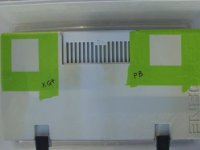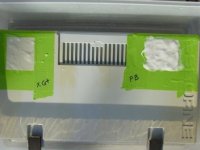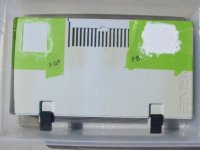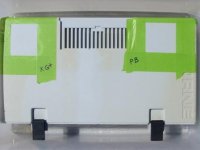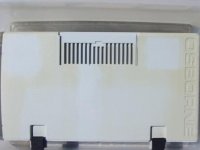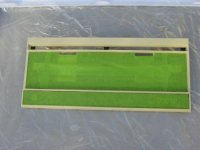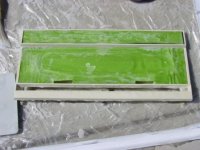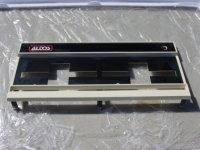Lorne
Veteran Member
I've got a couple of new batches going today.
I'm doing one section with PB (the powdered bleach additive), and another one with XG+ (xanthan gum additive plus a little isopropyl alchol).
I didn't use a mixer of any sort because I thought that might get the stuff all over the place. Just like you would if you were making a white sauce for cooking (ie: mix a little water with the flour, so it doesn't all lump up when you add it to the rest of your liquid), I mixed about a 1/2 tsp of the alcohol with the xanthan gum, before I added it to the H2O2/Oxy solution. The XG and the alcohol mixed fine with no lumps, but when I added it to the H2O2 solution, it still lumped up, although not as much as last time. If you keep stirring, the lumps are kept to a minimum.
The PB does make a real nice mixture, with no lumps - kind of like a whipped butter consistency.
Will post photos later today when the experiment is finished.
I'm doing one section with PB (the powdered bleach additive), and another one with XG+ (xanthan gum additive plus a little isopropyl alchol).
I didn't use a mixer of any sort because I thought that might get the stuff all over the place. Just like you would if you were making a white sauce for cooking (ie: mix a little water with the flour, so it doesn't all lump up when you add it to the rest of your liquid), I mixed about a 1/2 tsp of the alcohol with the xanthan gum, before I added it to the H2O2/Oxy solution. The XG and the alcohol mixed fine with no lumps, but when I added it to the H2O2 solution, it still lumped up, although not as much as last time. If you keep stirring, the lumps are kept to a minimum.
The PB does make a real nice mixture, with no lumps - kind of like a whipped butter consistency.
Will post photos later today when the experiment is finished.

